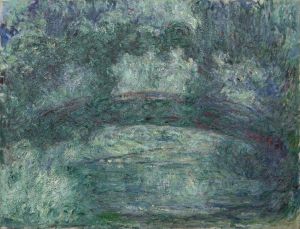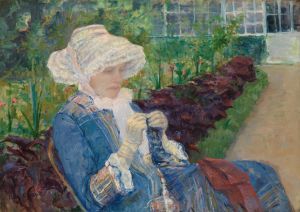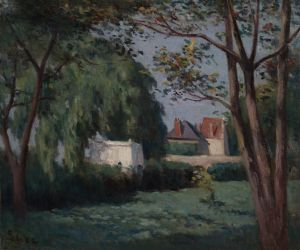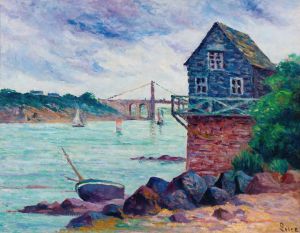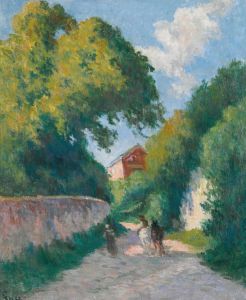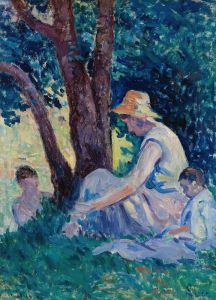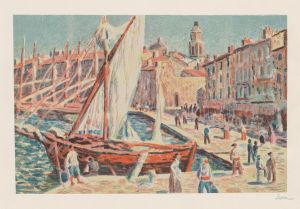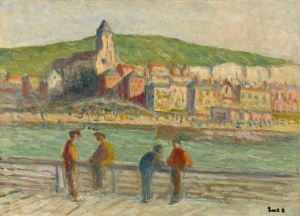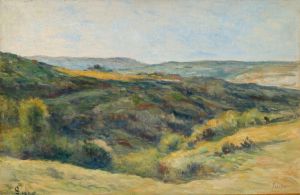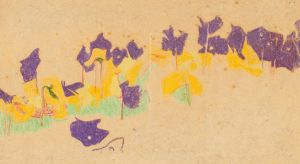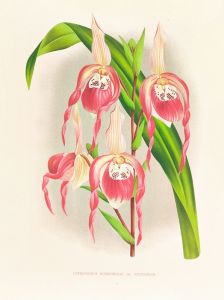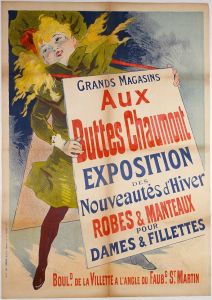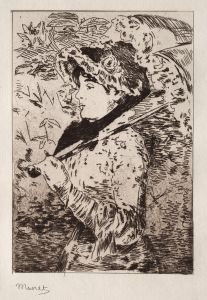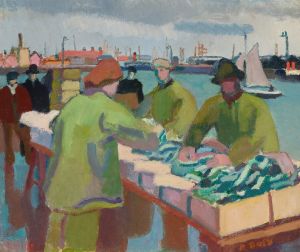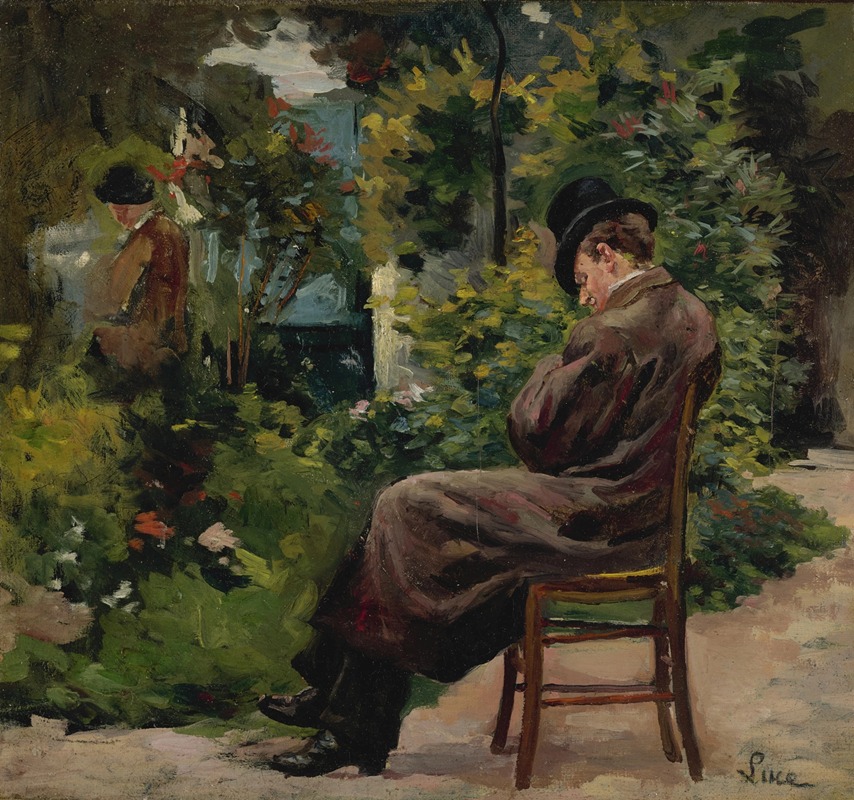
Jardin à Montrouge
A hand-painted replica of Maximilien Luce’s masterpiece Jardin à Montrouge, meticulously crafted by professional artists to capture the true essence of the original. Each piece is created with museum-quality canvas and rare mineral pigments, carefully painted by experienced artists with delicate brushstrokes and rich, layered colors to perfectly recreate the texture of the original artwork. Unlike machine-printed reproductions, this hand-painted version brings the painting to life, infused with the artist’s emotions and skill in every stroke. Whether for personal collection or home decoration, it instantly elevates the artistic atmosphere of any space.
Maximilien Luce was a French Neo-Impressionist artist known for his contributions to the Pointillist movement, a technique characterized by the application of small, distinct dots of color to form an image. Born in Paris on March 13, 1858, Luce was initially trained as an engraver before turning to painting. He became associated with the Neo-Impressionists, a group that included notable artists such as Georges Seurat and Paul Signac. Luce's work is recognized for its vibrant use of color and light, capturing scenes of everyday life, landscapes, and urban environments.
"Jardin à Montrouge" is one of Luce's paintings that exemplifies his mastery of the Pointillist technique. Although specific details about the painting's creation, such as the exact year it was completed, are not widely documented, it is known that Luce often painted scenes from the Parisian suburbs, including Montrouge, which is located just south of Paris. This area, during Luce's time, was transitioning from a rural to a more urban environment, providing a rich tapestry of subjects for his work.
The painting likely depicts a garden scene in Montrouge, capturing the interplay of natural light and color, a hallmark of Luce's style. His use of small, precise brushstrokes to apply dots of color would have created a shimmering effect, inviting viewers to experience the scene as if they were standing within it. This technique not only highlights the vibrancy of the garden but also reflects Luce's interest in the scientific theories of color and perception that were influential during the late 19th and early 20th centuries.
Luce's involvement with the Neo-Impressionist movement was not just artistic but also ideological. He was known for his anarchist views, which often influenced his choice of subjects, focusing on the working class and everyday life. While "Jardin à Montrouge" may not overtly convey political themes, it aligns with his broader interest in depicting the world around him with honesty and clarity.
Throughout his career, Luce remained committed to the principles of Neo-Impressionism, even as the art world evolved and new movements emerged. His dedication to capturing the effects of light and atmosphere through color and technique has left a lasting impact on the art world. Luce continued to paint until his death on February 6, 1941, leaving behind a legacy of works that continue to be studied and admired for their technical precision and emotive power.
"Jardin à Montrouge," like many of Luce's works, offers a glimpse into the artist's world, reflecting both the beauty of the natural environment and the transformative power of light and color. While specific information about this painting's provenance or exhibition history may not be extensively documented, it remains an important piece within Luce's oeuvre, illustrating his skill and the enduring appeal of the Neo-Impressionist style.





